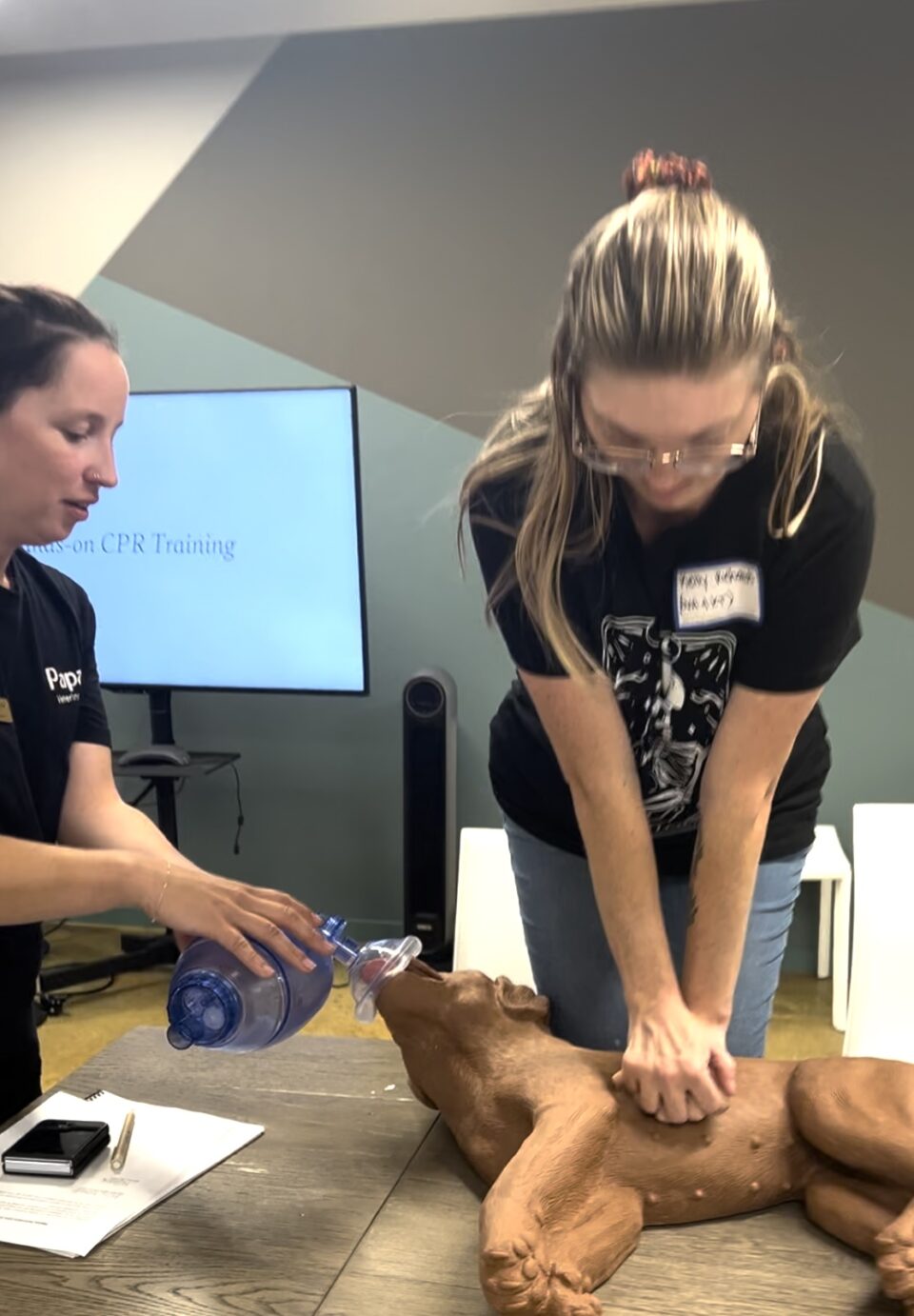Veterinary Industry
4 min read
Stayin’ Alive: Strategies for Establishing a Transparent Workplace Culture
Published on Jan 22, 2024

Stayin’ Alive brings to light some real-life experiences veterinary technicians face in their roles within the veterinary industry. Some lessons may be obvious, others not so obvious. In this second issue of Stayin’ Alive, we’ll be discussing how to establish a transparent work culture.
Having a culture of transparency at your organization is essential for building trust, enhancing collaboration, and driving operational excellence. A transparent workplace culture not only encourages open communication, but also promotes accountability among team members. In this article, we will explore effective strategies you can take to establish transparency within your organization- regardless of your role.
Lead by Example:
Regardless of your position at your organization, building culture starts with you. Share information openly, demonstrating your own commitment to foster effective communication. Looking back to our last Stayin’ Alive article on gatekeeping: remember your commitment to bettering not just those around you, but bettering yourself.
For frontline staff: Communication starts with the client. Be open and honest with pet parents about expectations at your hospital, treatment plans and any associated risks. In veterinary medicine, sometimes we are faced with giving clients difficult news. Ensure you are both tactful and sensitive when communicating with clients about their beloved pets. When looking internally, collaboration is the name of the game. Always look to where you can either contribute to or call in a colleague for help.
For hospital leadership: Work with your regional or senior leader on what you can and should communicate with your team members. Your role is to be the liaison between the front line of the hospital and the senior leadership team. For any updates your leader gives to you, create a bullet list of updates to share with your team.
For corporate or executive leadership: Don’t be afraid to be vulnerable. Share difficulties candidly, admit mistakes, and in doing so you will demonstrate a commitment to accountability. When employees witness transparency from the top, they are more likely to emulate those behaviors.
Transparent Decision-Making Processes:
Clear communication on rationale behind decisions is essential for helping teams through change. When employees understand why they’re being asked to do something and how they’ll accomplish it, they are much more likely to be bought into the decision.
For frontline staff: If you don’t understand why a decision is being made, ask. It’s important for you to understand what is changing, why it’s changing and how you as an employee will be impacted. Often times leaders aren’t intentionally withholding information from you. Your manager may just not remember to share certain details of the change. Ask them these key questions to help you process the decisions that are being made. If you have any issues with a decision, come up with some alternative solutions before presenting them to your supervisor.
For hospital leadership: Involve your employees in as many decision-making processes as possible. Clearly communicate the rationale behind decisions and provide opportunities for feedback. You should always be communicating what is changing, why it’s changing and how employees may be impacted by the change. If there is sensitive information to withhold, work with your leader on what speaking points are appropriate to cover with your staff.
For corporate or executive leadership: Create multiple channels for feedback, both formal and informal. Encourage regular team meetings, submission forms and touchpoints where employees can freely express thoughts, concerns, and ideas. Help support local leaders by clearly communicating what can and what cannot be shared with staff.
Establish Effective Communication:
Effective communication includes active listening, providing and taking constructive feedback, and the ability to articulate thoughts clearly. Part of this includes understanding one’s communication style. Adjusting your style to the individual you are communicating with may help elevate understanding. Clear policies and available training programs can enhance these skills and contribute to an overall culture of open and honest communication.
For frontline staff: Active listening means you are listening to understand, not to respond. Perform active listening for both your clients and your colleagues. Ensure you are communicating clearly to clients, so they can be appropriately educated on their pet’s care. When providing feedback to your colleagues, use objective language such as “I expected X but I observed Y, can you help me understand?” versus pointing fingers or assigning blame. Access any trainings or programs that may be available to help you in your communication skills.
For hospital leadership: Encourage employees to access any trainings or programs available to bettering communication skills. Model effective communication tactics when you may be called in to help an escalated client or employee conversation. Use objective language and assume positive intent. Access any trainings or programs yourself that may help in leading effective communication with your team.
For corporate or executive leadership: Provide trainings and programs to help leaders and employees in their communication skills. Ensure your policies align with your goals of fostering an open and honest culture. Help support your direct reports by modeling active listening, providing constructive feedback and offering mentorship or coaching where needed.
Building a transparent workplace culture requires intentional effort, commitment, and consistency. Periodically assess the effectiveness of your transparent communication efforts. Solicit feedback from frontline employees, peers, and your manager- and be willing to adjust your efforts based on their input. Establishing a transparent culture is a journey and should always be evolving to meet the changing needs of both our industry and the organization.
– Written by Kelly Kavanaugh, Senior Director of Operations














